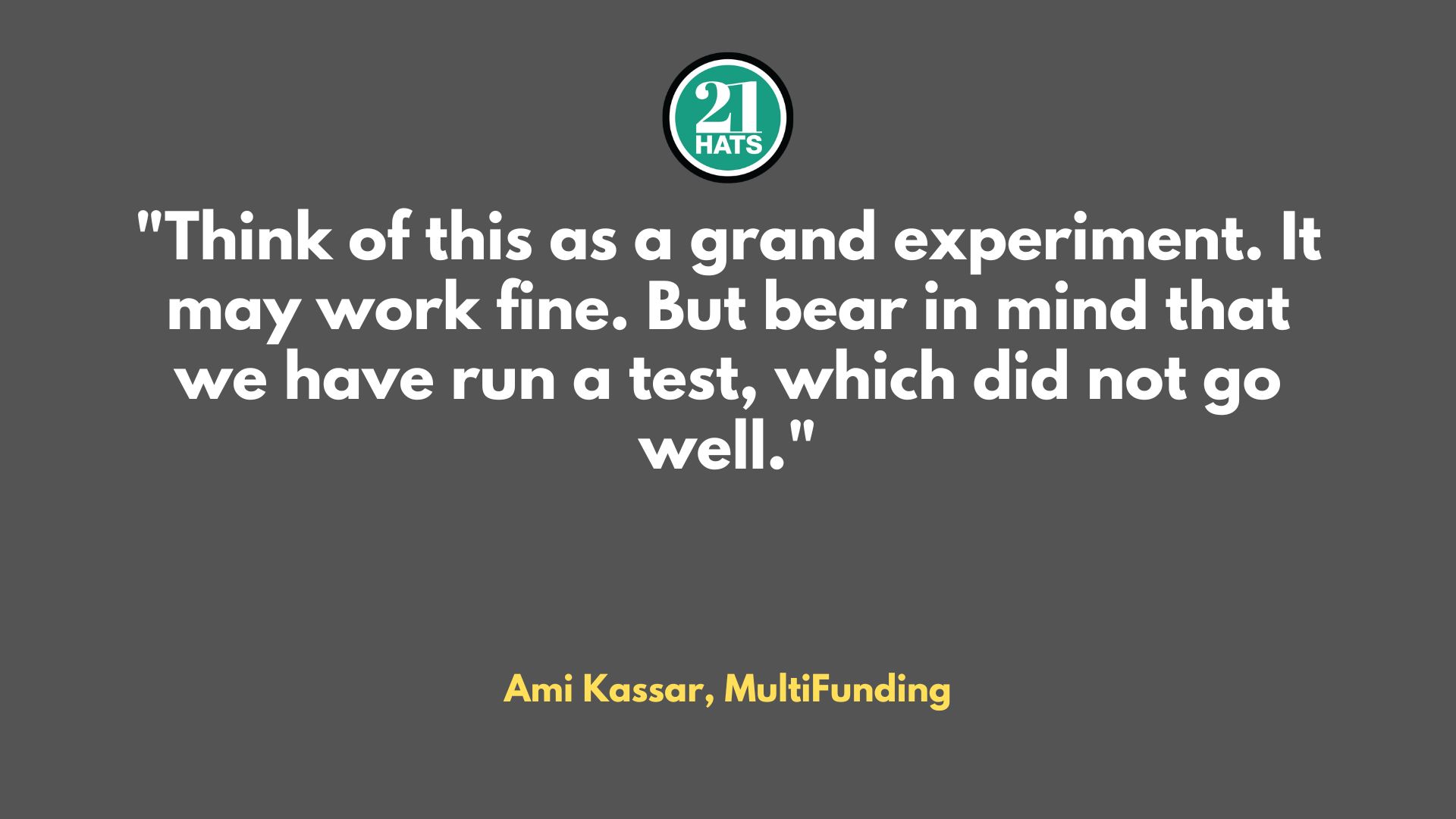The SBA Adopts a Double Standard in Lending

Getting cash into small business hands in two days sounds good, but is this good for the economy and for taxpayers? Or is it a return to the Wild West?
By Ami Kassar
The scene at the American Banker Small Biz Banking conference last week in Nashville almost felt like an old-fashioned Western. U.K.-based Funding Circle, a newly approved fintech lender for the Small Business Administration, rode into town and announced to the bankers in the audience that they planned to be the biggest lender of SBA loans under $500,000 within a year.
What is Funding Circle’s plan? My sources tell me that Funding Circle representatives announced that because they won’t have to follow the traditional rules and regulations other SBA lenders still have to follow, they will execute loans in as little as two days. For banks that must continue to play by the rules of their organizations, loans will be more cumbersome and take longer to close. I have contacted Funding Circle management to get their perspective, but they have yet to respond. (The offer stands!)
Here are two critical questions: How did we get here? And what will be the impact of allowing Funding Circle and other online lenders who might join the program in the future to make SBA loans in as little as two days?
How Did We Get Here?
Over the past several months, the SBA has started to roll out new rules designed to make it easier for small businesses to get SBA loans. In doing so, the agency eased many of its traditional requirements in order to get capital into the hands of business owners as quickly as possible. Several months ago, I testified about these changes in Washington, D.C. Spoiler alert: I’m not a fan.
These new rules were part of regulatory and SOP changes recently made by the SBA and have not been stopped by Congress to date. As permitted by the changes, the SBA recently issued three new licenses to lend, including one to Funding Circle, which had lobbied aggressively for these changes.
These changes allow the newly certified lenders to follow so-called do-what-you-do SBA rules. What does do-what- you-do mean? The SBA has always insisted that participating financial institutions follow the same guidelines and policies for their SBA lending as they do for their conventional lending. The goal has been to ensure banks don’t relax their standards and put taxpayer funds at greater risk just because the SBA is guaranteeing a loan. But of course, do-as-you-do means something very different when a lender arrives with standards that have already been relaxed.
We must remember that those traditional standards have allowed the SBA to operate successfully for 70 years. Because the loans have performed well, the SBA has been able to protect taxpayers and guarantee loans without a subsidy from the federal government for a little more than two decades.
And we need to think about what might happen if the loans don’t perform as well and the guarantees have to be backed by taxpayer dollars. History tells us that when lending standards loosen, defaults rise. Should this happen, the entire SBA program, with all the benefits it has provided small business owners that have done the work necessary to get them done, will be put at risk.
When the fintech lenders, led by Funding Circle, lobbied for these changes in the program, they wanted to ensure that do-what-you-do meant that they could do what they have done since they started, which is getting money into the hands of businesses quickly without the protections required of federally regulated institutions. And that is, in fact, how the new guidelines were written.
Now that Funding Circle can legally extend SBA loans under the new rules they pushed for, there is a double standard in the market, leaving those who have been facilitating the SBA program thoughtfully and methodically for decades wondering what to do now. Even if they wanted to compete with the flexibility Funding Circle is now allowed, they wouldn’t be allowed to. Because they wouldn’t be doing what they do in their ordinary course of business.
Why Are These Changes Problematic?
Getting an SBA loan in two days may sound like a dream come true for many. Well, not so fast.
Fast access to capital is not the answer to the problems most small businesses face. When you take a loan, obviously, you need to pay it back. And if you don’t have a solid business to support your loan, the chances are high that you will fail. In traditional SBA lending, banks work carefully with borrowers to understand their historical financials and their plans for using the money. There are many checks and balances that protect everyone’s interests. When an algorithm spits out a decision and tries to get the money out the door in two days, it’s a different story.
Think of this as a grand experiment. It may work fine. But bear in mind that we have run a test, which did not go well. The SBA took a get-the-money-out-quickly approach with the Paycheck Protection Program and Economic Injury Disaster Loans after the pandemic hit, and the last number I read was $200 billion of fraud and delinquency. If this is not a warning sign, I don’t know what is. And for the borrowers on the other side of the coin, delinquent debt to the United States government is not a good mark on their resumes.
Our memories are often short. Do you remember the crisis that occurred when SVB Bank fell? I don’t want the day to come when SBA and SVB are mentioned in the same sentence. The new rules and regulations risk lighting the whole program on fire as deeply simplified lending practices risk dramatically increasing defaults. So far, Congress has not yet legislated against the SBA changes. I hope it will reconsider.
Ami Kassar is CEO of MultiFunding.